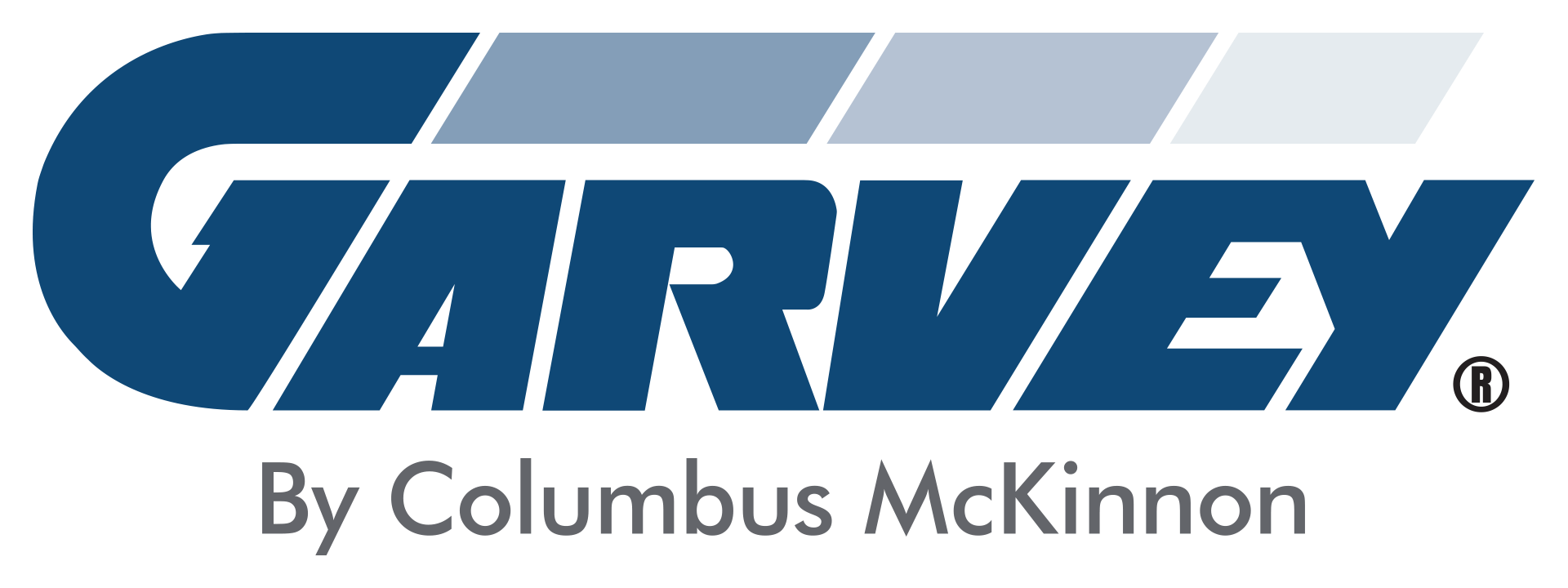Strategic Partnerships: How We Collaborate With Customers to Optimize Production Lines – Part 2
Part 1 of this series highlighted three design features that we include on every machine we build — a lack of dead plates, pressureless loop technology, and a patented slowdown lane.
Together, these features deliver the best value to our customers and also set us apart from the competition. For example, we build our machines without dead plates because dead plates slow lines down and our goal is to speed lines up. Other OEMs can build machines without dead plates, of course, but the standard models usually have them.
When we talk about standardizing our equipment, this is what we mean — every system we build contains the most advanced accumulation technologies available. From there, we can tailor our solutions to every customer’s individual requirements.
In this article, we’ll look at some of the features we’ve built to accommodate one of the most demanding industries there is — food processing.
Designing accumulation systems for the food industry
The Food Safety Modernization Act (FSMA), along with increased consumer knowledge of and attention to food safety, has prompted many food processors to rethink their entire production processes — from the minute the raw ingredients come through the door to the minute the finished products leave on a truck. Advances in sanitary design and technology have helped companies ensure that every product that rolls off of their lines is safe to eat.
Our standard solutions for food processing applications focus on sanitary design and first in, first out product flow, so processors can reach their production goals without sacrificing safety. Here are the key features of our standard equipment for the food industry:
- Chains that can be lifted out of the tracks for easy cleaning
- Open tracks so that debris falls straight to the floor
- No hard-to-reach surfaces
- Clean-out slots
- All components specified for washdown duty
The reason for all of these features is to ensure the equipment can be thoroughly cleaned.
In addition to these standard features, we’ve worked with many food processing clients to customize solutions based on their needs. Here are just a few of the ways we’ve customized our equipment for specific food applications:
- Manufacturing specialized stainless steel clamps and supports to minimize contact points that can serve as bacterial harborage sites
- Angling cross channels and supports so there are no flat horizontal surfaces
- Installing angled clean-out pockets on the tracks
- Using anti-static belts
- Designing dust covers to keep dust away from the product
So that’s how the standardization-customization process works. We start with the best-in-class equipment designs that we’ve developed over the years, and then our product experts work with our customers’ engineering teams to ensure that our machines don’t just meet, but exceed, our clients’ expectations.
That’s what being a strategic partner means to us.
Do you have a project you’d like to discuss? Contact us to learn how we can help you increase your throughput by as much as 30%.




